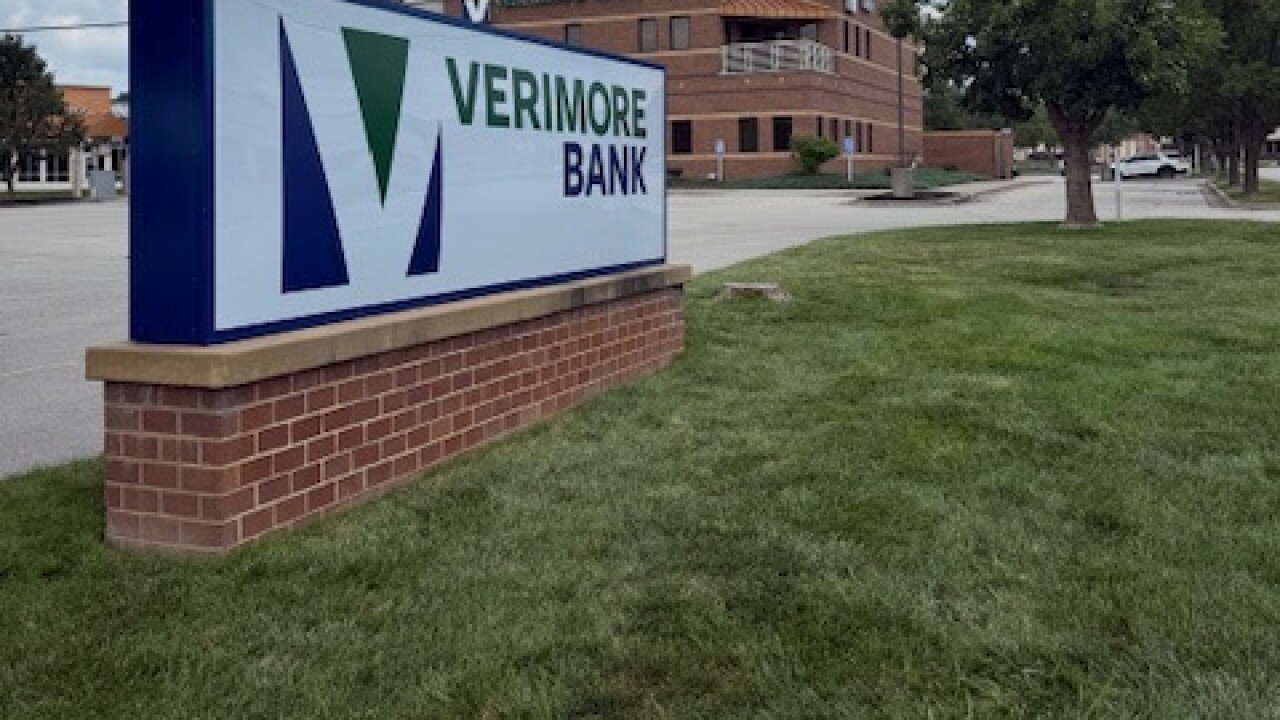Many banks are struggling with how to create an online experience that resonates with Generation Y, builds trust, delivers useful financial products and services and does not alienate older customers.
"Gen Y cares about the experience, it's really all about the experience," said Geoff Knapp, Fiserv Inc.'s vice president of online banking and consumer insights. "Most banks are in a bit of a quandary. They don't want to create an environment so tailored to Gen Y that it puts off the baby boomers."
Given that it takes 15 average Gen Y customers to generate the profits of one average baby boomer, according to Ron Shevlin, a senior analyst at Aite Group LLC, this is no minor consideration for banks. Dexia Inc. in Brussels is trying to satisfy both groups. It created a whole separate bank, Axion, exclusively to serve customers from about 12 to their mid-20s.
Jeffry Pilcher, a consultant and publisher of thefinancialbrand.com, said this bank is much more than a "reskinned bank with a lifestyle veneer." Axion is a bank within a bank that offers unique products, promotions and educational resources for a narrow segment and marketed under a separate stand-alone bank brand.
For example, last year the bank launched the Youth Dexia index. The index includes categories such as recreation and culture (e.g., cinemas and nightclubs), food and drink, fashion, communications (e.g., mobile phones and subscriptions) and hospitality.
The idea is for young consumers to measure and understand their own purchasing power and then manage their money better; meanwhile, the bank uses the index to create benefits that resonate with customers. Last summer after the index revealed that music festival entrance fees had increased 11%, Axion created the Dexia Ticket Shop to sell discounted tickets.
Axion also created a musical promotional campaign with the help of the ad agency Boondoggle. Professional musicians selected 25 acts based on original demos. Each band performed on a specially formatted soundstage that could be shown in the banner ad space at the top of the typical Web page. The concerts were then streamed onto popular Gen Y Web sites. The public could vote on their favorite band and the winner performed live at Ancienne Belgique, one of Belgium's oldest concert halls.
"I'm speechless about how phenomenally brilliant this concept is and I'm shocked that no other industry is ripping it off yet," Pilcher said. "You can talk about Twitter until you're blue in the face and you'll get, what, 850 followers. These concerts had 6.8 million banner impressions." Almost 45,000 people visited the campaign's microsite and more than 7,500 voted.
In a statement, Axion said that "Dexia, via Axion, supports youngsters between the ages of 12 and 25 in all aspects of their lives — financial and nonfinancial — but in a way which is meaningful to them."
Though intrigued by Axion's business plan, Pilcher said that U.S. banks must be careful about overreach. "Launching a subbrand can be a powerful tool if the main brand doesn't line up with the target audience. But you are managing two brands. That takes time, energy and resources."
Shevlin said he is less convinced that a stand-alone bank for Gen Y is the right strategy for banks. Many banks in the U.S. need to repair brands hurt by the financial crisis, and many Gen Y preferences overlap with other age groups.
"I don't see the need to do this in the U.S. as a separate branding approach, especially given the need to build trust in the parent brand," he said. "Banks should be developing products and services for Gen Y, but I'm not so sure they're so different from others."





